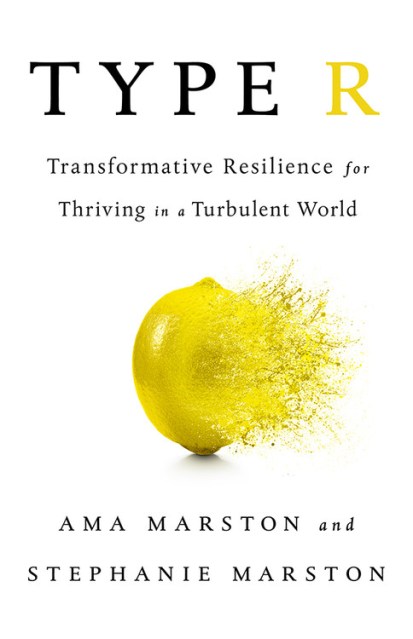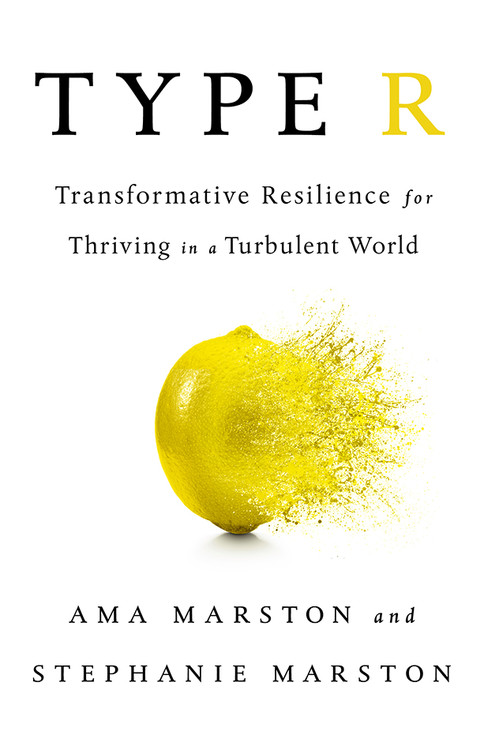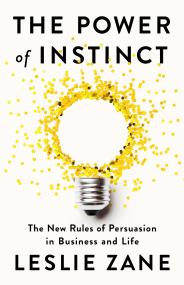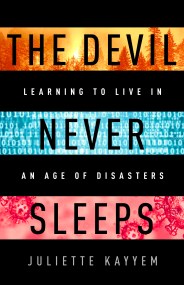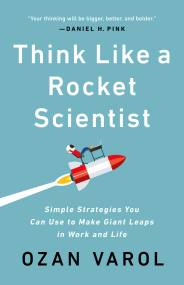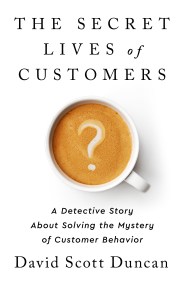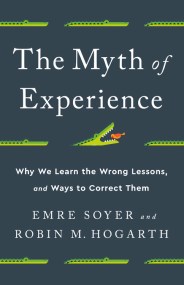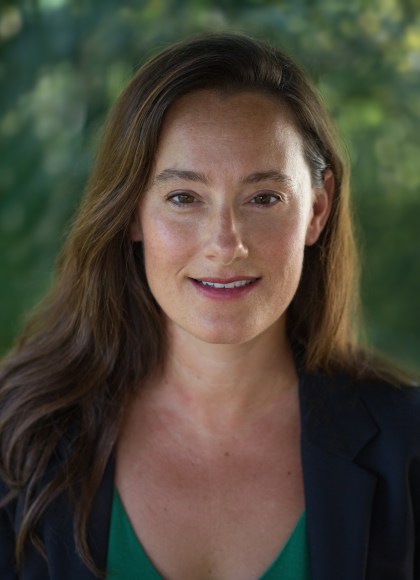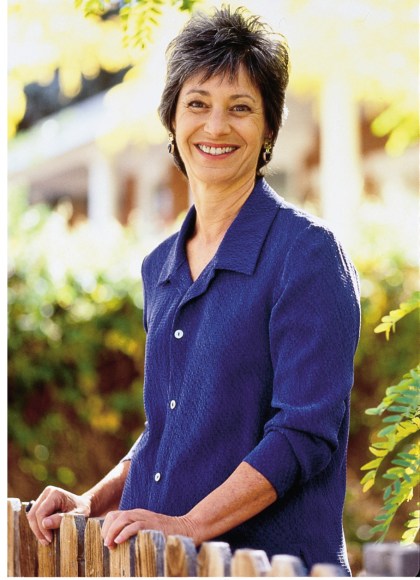Promotion
Use code BEST25 for 25% off storewide. Make sure to order by 11:59am, 12/12 for holiday delivery!
By clicking “Accept,” you agree to the use of cookies and similar technologies on your device as set forth in our Cookie Policy and our Privacy Policy. Please note that certain cookies are essential for this website to function properly and do not require user consent to be deployed.
Type R
Transformative Resilience for Thriving in a Turbulent World
Contributors
By Ama Marston
Formats and Prices
- On Sale
- Jan 9, 2018
- Page Count
- 256 pages
- Publisher
- PublicAffairs
- ISBN-13
- 9781610398060
Price
$28.00Price
$36.50 CADFormat
Format:
- Hardcover $28.00 $36.50 CAD
- ebook $17.99 $22.99 CAD
This item is a preorder. Your payment method will be charged immediately, and the product is expected to ship on or around January 9, 2018. This date is subject to change due to shipping delays beyond our control.
Buy from Other Retailers:
In Type R, Ama Marston and Stephanie Marston explore Transformative Resilience and the strategies of those who use difficult circumstances as catalysts for growth — springing forward rather than bouncing back during turbulent times.
Here, Ama and Stephanie share inspiring stories of Type Rs thriving during unprecedented world events and increasing global pressures — from climate change to financial crises. They share the individual and collective triumphs of people coping with the stress of daily life and the challenges and disruptions that rattle all our lives at some point. And they draw upon research that spans the personal and the professional, the local and the global. Reaching across psychology, neuroscience, business, and politics, Type R demonstrates how we can use challenges to innovate, create new strengths, and grow.
Type R also teaches leaders, businesses, and organizations how to cultivate the critical Type R Vision and Culture, which is essential for navigating and thriving in disruptive change. This thought-provoking book proves that there is much we can learn from those who use change, stress, and adversity as springboards to progress in a chaotic world.
-
"The authors offer an informative and inspiring book on some remarkably positive responses to misfortune and change...engaging, useful."Kirkus Reviews
-
"A thought-provoking stance on uncertainty and resilience...This insightful road map to living in a world of uncertainty will leave readers hoping they too can be type Rs."Publishers Weekly
-
"Type R makes an impressive step towards reimagining how we live, work, and lead, going beyond past thinking to draw on research and a brave new vision for the future to help guide us to success in our complex world."Mary Robinson, President of the Mary Robinson Foundation-ClimateJustice, and Former President of Ireland
-
"Transformational change demands constancy of purpose. Constancy of purpose demands transformative resilience. The authors thoughtfully advance this concept in a fashion that can be helpful to any leader who is trying to help their organization thrive in the face of adversity. A worthy read."Doug Conant, CEO, Conant Leadership, Former CEO of Campbell Soup, FormerCEO of Nabisco Foods
-
"In a world of rapid change and unavoidable uncertainty, Type R offers a positive path to growth. The stories and insights collected here have informed my own life and the lessons I strive to teach my children. May they find a much wider audience!"Anne-Marie Slaughter, President and CEO, New America
Newsletter Signup
By clicking ‘Sign Up,’ I acknowledge that I have read and agree to Hachette Book Group’s Privacy Policy and Terms of Use
